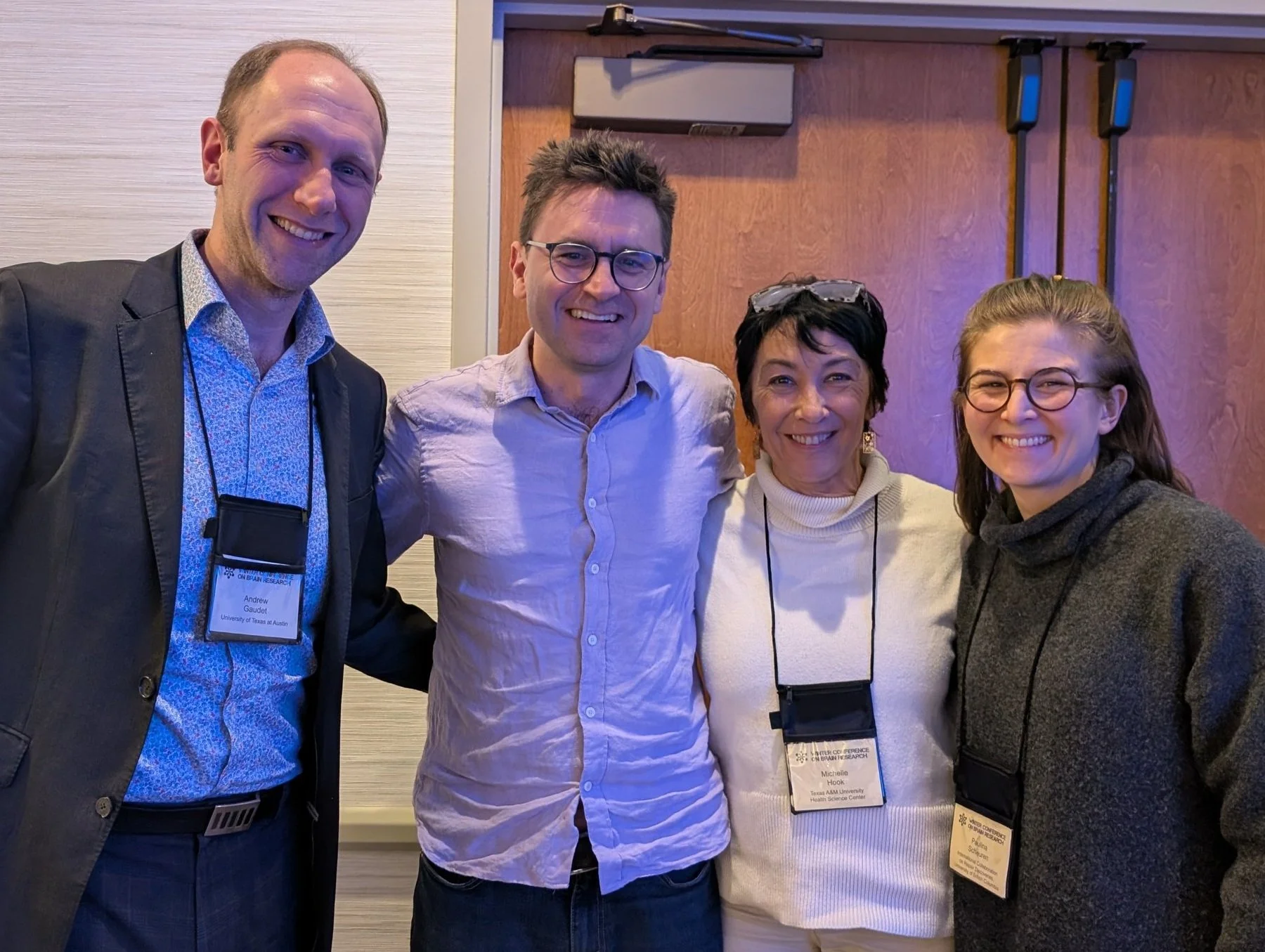The Neurotrauma 2025 Symposium was a blast! It was great to connect with colleagues over science and culinary adventures in Philadelphia.
Ashley Scheinfeld - a graduate student in the lab - presented her latest compelling findings regarding the role of phagocytic TAM receptors in controlling neuroinflammation, recovery, and pain after SCI. Great work, Ashley! We’re excited to see where your research leads.
Andrew led an insightful plenary session on neuroinflammation after traumatic brain injury and spinal cord injury with the brilliant Drs. Ona Bloom, Ruchira Jha, and David Loane. The talks thoughtfully linked preclinical and clinical ideas and elicited creative discussions. The audience size and engagement was impressive - particularly because the session was bright and early after a fun karaoke night!
Also, it was great to experience Philadelphia for the first time. Reading Market and downtown had innumerable delicious food options - and we were a short run away from the Art Museum and the Rocky statue.
Thanks to all the speakers, organizers, and attendees for making NNS2025 such a memorable and thought-provoking event. We’re looking forward to next year's conference in Milwaukee!
































